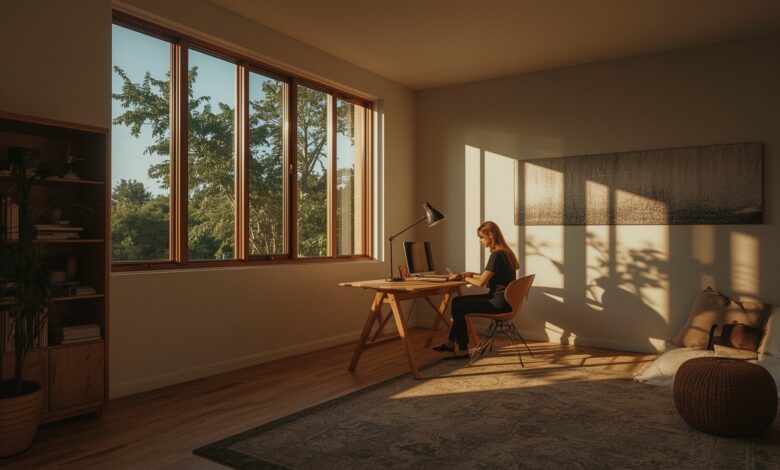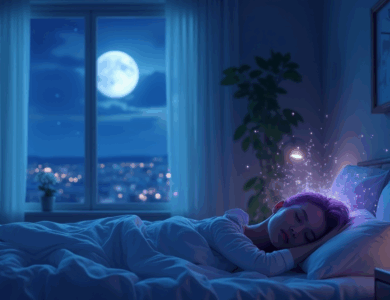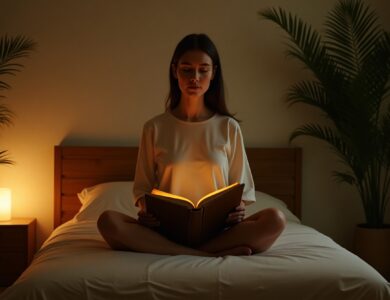The Role of Light in Shaping Your Mood: How Lighting Affects Mental Wellness, Focus, and Productivity

In a world where we strive for better mental health, improved performance, and emotional balance, one critical element is often overlooked: light. From the gentle glow of sunrise to the harsh glare of a computer screen, light plays a profound role in shaping how we feel, think, and behave.
This article explores the scientific, psychological, and environmental impact of light on mood, backed by research and real-world applications. Whether you’re a health enthusiast, wellness architect, or productivity professional, understanding the relationship between light and emotion could illuminate a whole new path to better living.
☀️ The Science of Light and Mood: More Than Just Illumination
Light influences our circadian rhythms, the internal biological clock that governs sleep, hormone release, and energy levels. Disruption of this rhythm, especially due to poor lighting conditions, can lead to fatigue, irritability, depression, and decreased cognitive performance.
Key Insights:
- Natural sunlight boosts serotonin production, the neurotransmitter responsible for happiness and calm.
- Exposure to blue light in the morning helps increase alertness, while the same blue light in the evening disrupts melatonin and sleep quality.
- Seasonal Affective Disorder (SAD) is a prime example of how reduced daylight can directly impact mental well-being.
“Light doesn’t just help us see; it helps us feel.”
— Dr. Norman Rosenthal, pioneer of light therapy for SAD
💡 The Psychology of Lighting: Mood, Emotion, and Perception
The color temperature, brightness, and even direction of light can subtly alter our psychological states. Here’s how:
| Lighting Type | Psychological Effect |
|---|---|
| Cool White (5000K+) | Increases focus and alertness — ideal for workspaces |
| Warm White (2700K) | Promotes relaxation and intimacy — great for bedrooms and lounges |
| Dim Lighting | Encourages introspection, but may decrease alertness |
| Natural Light | Enhances well-being and regulates hormones |
When interior designers integrate biophilic design — maximizing natural light exposure — they’re not just optimizing aesthetics; they’re optimizing emotions and energy.
🧠 Light and Cognitive Performance: A Biohacker’s Secret Weapon
In corporate environments, poor lighting is a silent productivity killer. Studies show that well-lit spaces — particularly with exposure to natural light — correlate with:
- Higher levels of concentration
- Lower levels of stress
- Enhanced problem-solving ability
In one case study by the American Society of Interior Designers, offices with improved natural light access reported a 15% increase in productivity and a decrease in employee absenteeism.
🏡 Design Your Mood: Practical Lighting Strategies for Everyday Life
For Home:
- Use smart bulbs with adjustable color temperatures to mimic natural daylight during the day and warm tones at night.
- Position desks and reading areas near windows for optimal daylight exposure.
- Install dimmer switches in living spaces to control brightness based on mood or time of day.
For Work:
- Choose task lighting (e.g., adjustable desk lamps) with cool color temperatures to maintain focus.
- Consider full-spectrum LED lights if natural light is limited in the office environment.
- Create designated “light therapy zones” for short breaks — especially in windowless or northern-climate offices.
Final Thoughts: Let There Be (Better) Light
From your workspace to your bedroom, light has the power to lift moods, sharpen minds, and transform emotional well-being. By recognizing the psychobiological power of light, we unlock a simple yet potent tool for better living.
As we move forward in an increasingly indoor world, those who learn to shape light will inevitably shape mood — and mastery of both is key to thriving.



